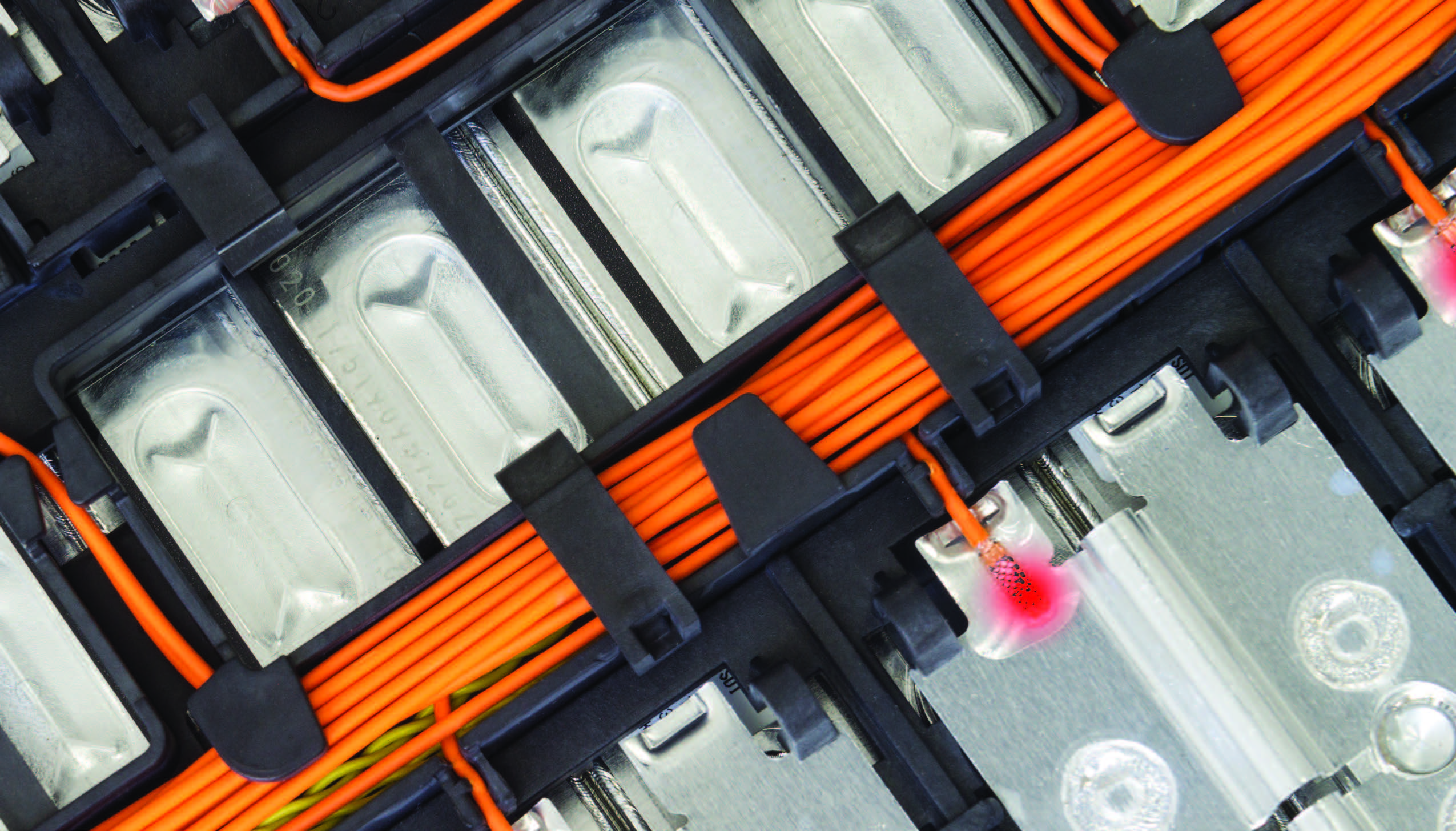Calcium batteries for electric vehicles?
By Don Smolenski, Contributing Editor | TLT Machinery December 2025
Calcium batteries show promise, especially in applications where weight is less critical.

Purchase of electric vehicles (EVs) continues to increase significantly. One of the factors inhibiting further market penetration of EVs, though, is charging time. EV charging still often takes two to five times what gasoline and diesel vehicles take to refuel. There has been much work done by the larger charging station companies and other manufacturers to improve batteries as of late. One company, for instance, is evaluating a vanadium oxide battery and has received a grant from the Department of Energy (DOE) ARPA-E. Their batteries are claimed to charge fully in 10 minutes. However, this battery is heavy, which would make it less useful in EVs. In today’s world, reliable and efficient power sources are crucial, from automotive to renewable energy.
1
Lead-calcium batteries have emerged as a vital solution, offering durability, high performance and minimal maintenance. These batteries, which were improved by using a calcium alloy, present several advantages over traditional lead-acid batteries. It is worth discussing what changes to batteries would produce shorter charging times, without compromising environmental impact, safety, lifespan and range. Cathodes are often composed of layered oxides of nickel and polyanion cobalt and magnesium oxides. Some of these have been around for a while. The battery is not usually a single cell, but thousands of cells are wired together. A computer is required to manage the flow of electricity most efficiently. All parts of batteries are being evaluated for possible improvements.
Calcium batteries encompass both established lead-calcium battery types, known for their durability and minimal maintenance in applications, and there are vehicles exploring alternatives to lithium-ion batteries due to calcium’s abundance and lower cost. Calcium ions, for instance, are divalent, which makes them more efficient. Calcium diffuses faster through the electrolyte, is more abundant and cheaper than lithium, so calcium-ion batteries show promise, but the larger atoms cause some problems. Given the challenges with weight and power-to-weight ratio, calcium batteries are particularly promising for stationary energy storage, like grid storage, where the weight is less critical, but maybe not so much in EVs.
While lead-calcium batteries are a well-established, low-maintenance option, research is ongoing to develop practical calcium-ion batteries that leverage calcium’s abundance for a more sustainable and cost-effective future of energy storage. Calcium-ion batteries that employ calcium, Ca
2+, as the active charge carrier remain an active area of research, with studies in the development of electrodes and electrolytes that enable stable, long-term battery operation.
2 Calcium-ion batteries are rapidly emerging as a recognized alternative to lithium-ion technology due to matching performance, significantly greater abundance and lower cost. There is also work ongoing on potassium batteries.
REFERENCES
1.
https://enertec.co.za/blog/understanding-lead-calcium-batteries-a-comprehensive-guide.html
2.
https://en.wikipedia.org/wiki/Calcium_battery
Don Smolenski is president of his own consultancy, Strategic Management of Oil, LLC, in St. Clair Shores, Mich. You can reach him at donald.smolenski@gmail.com.